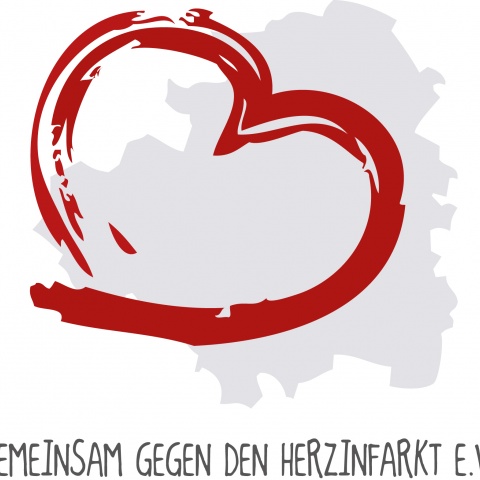Together against the heart attack: Study on the knowledge of heart attack and cardiac arrest
How can the time from the first symptoms of a heart attack to the reaction of those affected be shortened? How can the quota of amateur animation be increased? Which locations for defibrillators are useful? Are neurological damages reduced by using a defibrillator during cardiac arrest? How big is the willingness to resuscitate with and without a defibrillator in different populations?
These are the questions asked in a scientific study of "Together against the heart attack e.V. Cardiovascular Rems-Murr", which is supported by the Eva Mayr-Stihl Foundation. The first chairman of the association, Thomas Eul MD, explains the background: "Our association work focuses primarily on the practical knowledge transfer. From the study, we hope to gain insights into how we can better educate the population and encourage them to take an active role in emergencies."
The association "Together against the heart attack e.V" has made it its mission to contribute to improving the care of people with cardiovascular diseases by educating the population. In free events in companies, schools, clubs, churches or communities should educate as many people as possible
- Symptoms of myocardial infarction
- The right action when the symptoms appear
- Risk Factors
- Preventive action
- Fast recognition of a cardiovascular standstill
- Correct amateur animation
- Use of a defibrillator
In addition, the association supports the mapping of existing defibrillators in the Rems-Murr district, as far as they are reported. Since the beginning of the year, the sites have been available to the German Red Cross's integrated Rescue Coordination Center so that they can send a helper to the defibrillator or a defibrillator operator directly to the emergency site.
You can also find the locations on the website of the association under:
http://www.kardioverein.de/defikarte-aktuell.html
